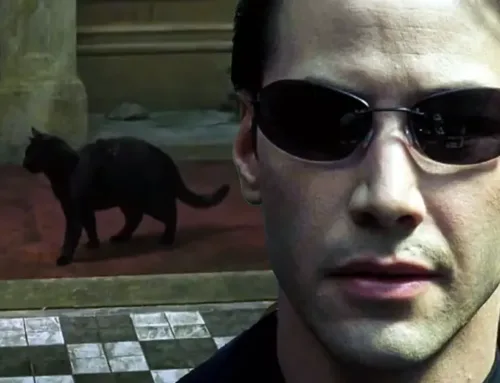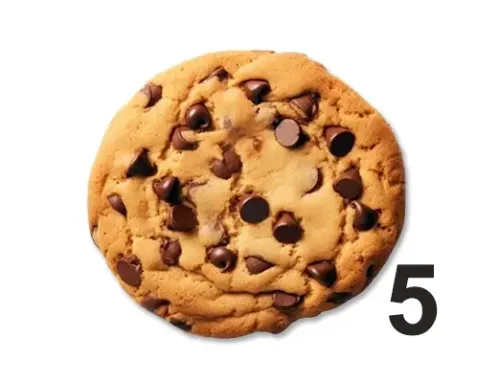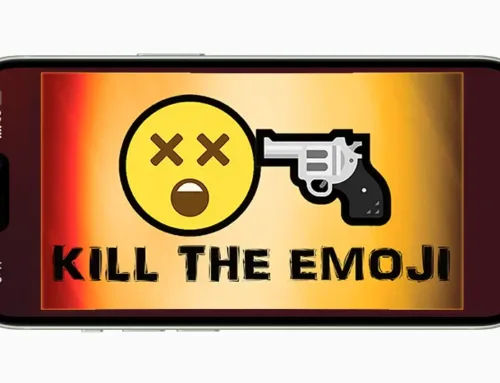When you say this out loud, most people won’t respond with much in terms of agreement or disagreement. As if they’ve heard it before and figure there must be something to it but they don’t really want to know more. This is surprising because it’s just like saying, “Your God isn’t real” or “Your sex isn’t real”.
What Is Money?
The first step in understanding why money isn’t real is to define what money is, in the current context. Forbes [1] believes only one person has done this correctly: Augusto Graziani (1933-2014), Italian economist and Professor in Political Economy at University la Sapienza. Grazinai made the important distinction between a monetary economy (which uses money to represent value) and a barter economy (which uses physical assets).
According to Graziani, money requires three conditions:
- It has to be a token currency (or it would be barter currency).
- It has to be accepted as a means of final settlement of the transaction (or it would be credit).
- It must not grant privileges of seignorage (positive gain to the issuer of the currency).
Graziani believed the only way to meet these three conditions is to have payments made by means of promises of a third agent who is not the issuer of the currency. Enter the banks.
A Brief History of Money in America[2][3]
- 1786 – The first US dollar was created. The gold content of the coin was the inherent value. Silver and bimetallic coins followed.
- 1900 – The gold standard was introduced. Technically, this means a dollar represents a specific amount of gold and can be converted to gold by the government.
- 1917 – The gold standard was abandoned and re-established shortly after. This happened multiple times based on America’s economic and political needs.
- 1933 – To avoid the fluctuating market price of gold affecting the value of the US dollar, the price of gold was fixed by the US government at $35 (USD) per ounce.
- 1944 – The Bretton Woods system valued all major world currencies in US dollars for foreign exchange purposes. Because the US dollar was on a ‘fixed price’ gold standard, this meant the US had to manage the market price of gold. For this purpose, America built the world’s largest gold bullion reserve and Fort Knox.
- 1971 – Managing the market price of gold had become too complex, expensive and risky, so the US government abandoned the gold standard for its dollar.
What Kind of Currency is the US Dollar Now?
The ‘Nixon Shock’ of 1971 (above) made the US dollar a true fiat or token currency, meaning it wasn’t backed by any physical asset. It also made the US dollar the world’s international reserve currency. Since then, the US dollar has been the currency of a monetary economy (let’s call it money) by Graziani’s definition.
So, your money is based on the promise that a bank will ‘pay you’ its stated value. It’s based on nothing more than your trust in that promise. An intangible. Not real.
Enter Digital Money & Fintech
Online banking is just a different way of managing the money in your bank account. There is no change in the currency. But here’s where things could change:
Bitcoin – the first digital currency, introduced in 2009 by a person whose real identity has not yet been confirmed (I struggle with that). For security, it uses sophisticated encryption technology called blockchain to keep its records accessible by all but changeable only by legitimate transactions. It means people who don’t know each other can trust the bitcoin currency transaction without needing a centralised bank to provide the trust. It only works as money for online transactions.
Blockchain – the encryption technology behind Bitcoin that creates a shared, trusted, public ledger that is accessible to all within its network, but is changeable only by legitimate transactions. No single user controls it. The participants in a blockchain system collectively keep the ledger up to date by using it. It can be used to create new digital currencies with features different than Bitcoin and it can be used for purposes that require trust for things other than digital currency. The Economist has called blockchain ‘The Trust Machine’ [4].
Digital Currency Exchanges – required to convert/connect digital currencies to traditional currencies and other financial assets.
Fintech – a new evolving term that currently refers to technology companies providing financial services previously done by banks. Fintech involves giants like Apple, Google and Microsoft with their mobile payment solutions (previously only done by banks), but more importantly, it also involves entrepreneurial start-ups like Canada’s Etherium, the world’s first crowd-funded blockchain ‘unicorn’.
Interestingly, blockchain-based currency does not literally meet Graziani’s definition of money because there is no bank to create trust in the system. But it is money because blockchain provides that trust. Graziani’s theory was developed in 1989, when banks where the best trust option.
Big disruption like this means there are big potential losers:
The Banks – Clearly they understand that consumers will leave them as soon as other trusted financial services are created. They are busy joining (and therefore directing) their own blockchain currency networks like R3 CEV. They will also be the first in line to buy up successful fintech start-ups.
Government – If the ‘agents of trust’ in the monetary economy are not legislatively-regulated banks, governments lose some ability in collecting taxes and all ability to create money in its sovereign economy—the only real lever of monetary policy. In a monetary economy, it’s the banks that create money supply by extending credit to their customers. The government sets interest rates to motivate banks in the preferred money supply direction. These are huge issues that I don’t see people talking about, though I may not be looking in the right places. I have no idea how governments will resolve them, unless they find a way to retain control the money lending function, legally and technologically. This requires controlling the entire Internet, so good luck with that.
How Does this Relate to Marketing?
Your money isn’t real, yet there it is at the core of the economy and most of your life. But if you trust it, money works and so does everything built upon it.
Similarly, your brand isn’t real. Yet there it is at the core of most businesses, and now, individuals. But if you build trust in your brand, it becomes real in the consumers’ mind. And that is how marketing works.
- What Is Money And How Is It Created, Forbes, Feb 28, 2015.
- History of the United States dollar, Wikipedia.
- Canada permanently abandoned the gold standard in 1931, so its money wasn’t real even sooner than America’s.
- The Trust Machine, The Economist, Oct 31, 2105.





